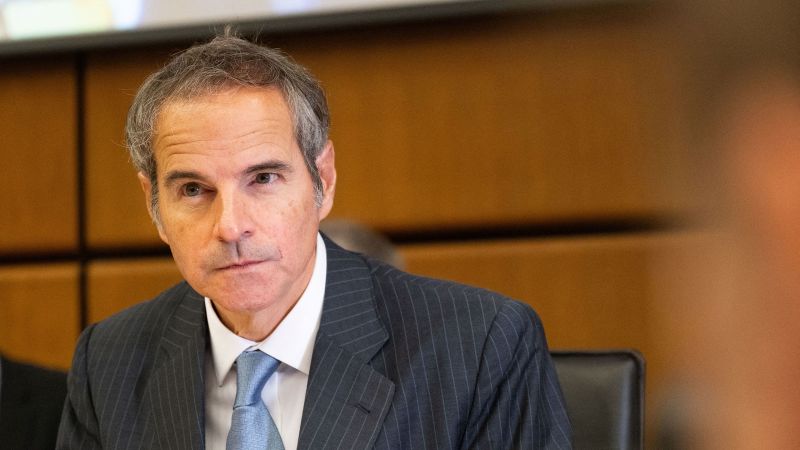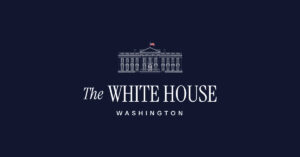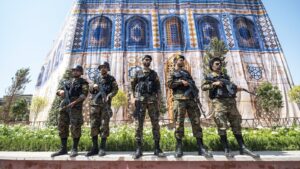
The head of the United Nations’ nuclear watchdog has warned that Iran could potentially restart its uranium enrichment program “in a matter of months,” challenging earlier claims by former President Donald Trump that recent U.S. military strikes had severely crippled Tehran’s nuclear ambitions. Rafael Grossi, Director General of the International Atomic Energy Agency (IAEA), made these remarks in a recent interview, emphasizing the resilience of Iran’s nuclear capabilities.
Grossi’s comments align with an early assessment from the Pentagon’s Defense Intelligence Agency, initially reported by CNN, which indicated that U.S. strikes on key Iranian nuclear sites had not dismantled the core components of Iran’s nuclear program. Instead, the strikes likely delayed Tehran’s progress by only a few months, contradicting Trump’s assertions that the U.S. had set back Iran’s nuclear ambitions by decades.
Background of the Conflict
The 12-day conflict between Israel and Iran erupted earlier this month when Israel launched a significant military offensive, claiming it aimed to prevent Iran from developing a nuclear bomb. In response, the United States targeted three critical Iranian nuclear sites before a ceasefire was established. The effectiveness of these strikes has since been a subject of intense debate.
Despite President Trump’s repeated claims of having “completely and totally obliterated” Tehran’s nuclear program, military and intelligence assessments suggest otherwise. U.S. military officials have provided limited new information regarding the planning and execution of the strikes, but have not presented evidence demonstrating their success in eliminating Iran’s nuclear materials.
IAEA’s Perspective and Concerns
During an interview with CBS’s “Face the Nation,” Grossi expressed skepticism about the complete destruction of Iran’s nuclear capabilities. He stated, “The capacities they have are there. They can have, you know, in a matter of months, I would say, a few cascades of centrifuges spinning and producing enriched uranium, or less than that.” He further emphasized, “It is clear that there has been severe damage, but it’s not total damage.”
“Iran has the capacities there; industrial and technological capacities. So if they so wish, they will be able to start doing this again,” Grossi noted.
Grossi also highlighted the IAEA’s need for continued access to Iran to assess its nuclear activities. He revealed that while Iran had been sharing information with the agency up until the recent Israeli and U.S. strikes, there were still unresolved questions. “We had found traces of uranium in some places in Iran, which were not the normal declared facilities,” he stated, adding that the agency had not received credible answers regarding these findings.
Potential Implications and Future Developments
The initial Pentagon assessment suggested that Iran might have relocated some of its enriched uranium before the strikes, a claim President Trump has denied. Grossi remarked, “It’s logical to presume that when they announce that they are going to be taking protective measures, this could be part of it (moving the material).”
Meanwhile, Iran has signaled its intention to reduce international oversight of its nuclear program. The Iranian parliament recently passed a bill halting cooperation with the UN nuclear watchdog, and Foreign Minister Abbas Araghchi indicated that Iran might reconsider its membership in the Non-Proliferation Treaty (NPT), which prohibits signatories from developing nuclear weapons.
As the situation evolves, the international community remains vigilant. The potential for Iran to resume its nuclear activities poses significant geopolitical challenges, and the IAEA’s role in monitoring and verifying Iran’s nuclear program becomes increasingly critical. The world watches closely as diplomatic and strategic maneuvers unfold in this high-stakes arena.







